Results
-
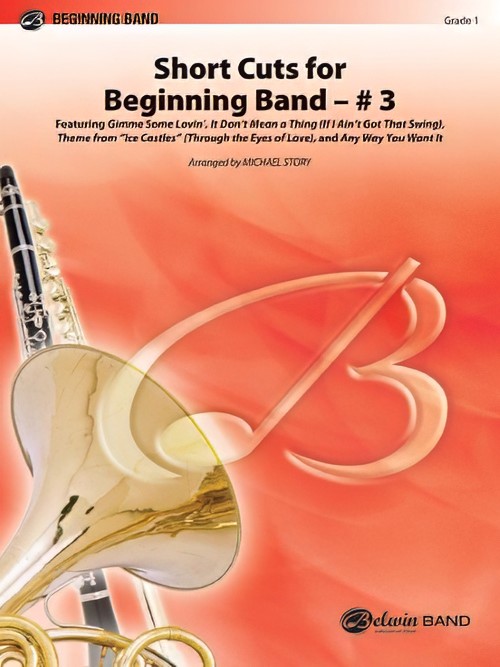 £61.00
£61.00Short Cuts for Beginning Band No.3 (Concert Band - Score and Parts) - Story, Michael
Included in this four-pack for beginners is Gimme Some Lovin', to teach divisi multi-mallet percussion, It Don't Mean a Thing, reinforcing diverse articulations, the Theme from Ice Castles, cultivating legato technique and balancing dynamics, and Any Way You Want It, for instruction on rock style and repeated-note articulations. Great fun and great teaching!Duration: 4:45
Estimated dispatch 7-14 working days
-
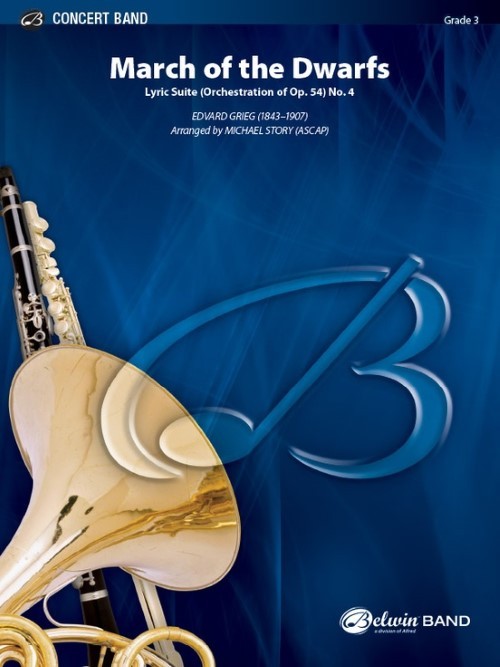 £64.95
£64.95March of the Dwarfs (Concert Band - Score and Parts) - Grieg, Edvard - Story, Michael
Lyric Suite (Orchestration of Op.54) No.4This setting of the march from Grieg's Lyric Suite is a charming and colourful work in ABA form. Delicate at the beginning, it develops the lyric melody, then the march builds with intensity to a dramatic conclusion. Rewarding and musical!Duration: 3:30
Estimated dispatch 7-14 working days
-
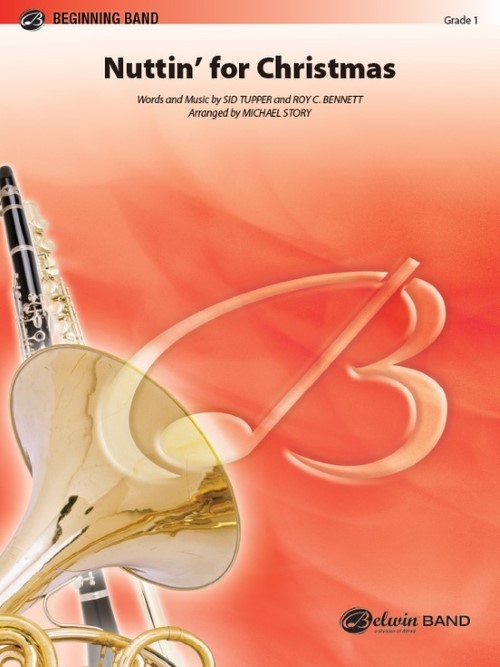 £54.95
£54.95Nuttin' for Christmas (Concert Band - Score and Parts) - Bennett & Tupper - Story, Michael
Made famous by both Art Mooney and His Orchestra and by Stan Freberg, this solidly-scored holiday novelty has been performed and recorded over the years by numerous artists, including Eartha Kitt, Smash Mouth, and The Plain White T's. A classic holiday tune certain to bring smiles!Duration: 2:00
Estimated dispatch 7-14 working days
-
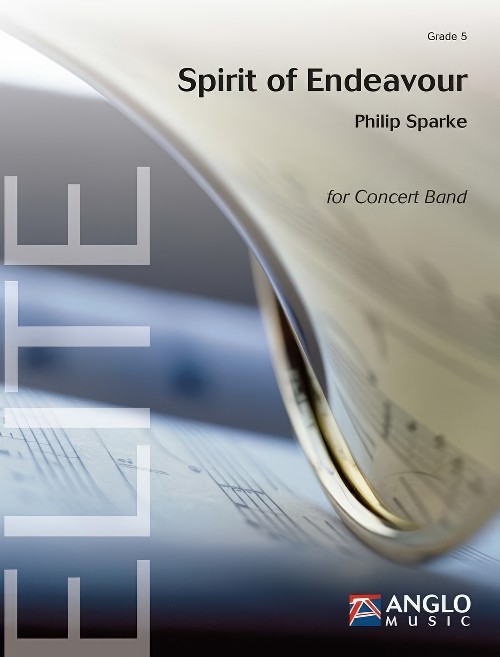 £164.99
£164.99Spirit of Endeavour (Concert Band - Score and Parts) - Sparke, Philip
Spirit of Endeavour is a virtuosic piece of music with a positive musical message. It tells the story of a wind band embracing hard work, friendship, musical excellence, love, marriage and birth, as well as the sad loss of cherished members. Composer Philip Sparke decided to salute the history of the Canadian concert band 'Harmonie de Charlesbourg' with a work that falls into two contrasted sections. One Vision deals with forming the band and the subsequent united desire to create an ensemble espousing the idea of musical perfection. The Pursuit of Excellence salutes the 20 years of hard work of the wind band. This concert work ends with a chorale of the full band, symbolising the fulfilment of a united dream!Duration: 9:15
Estimated dispatch 7-14 working days
-
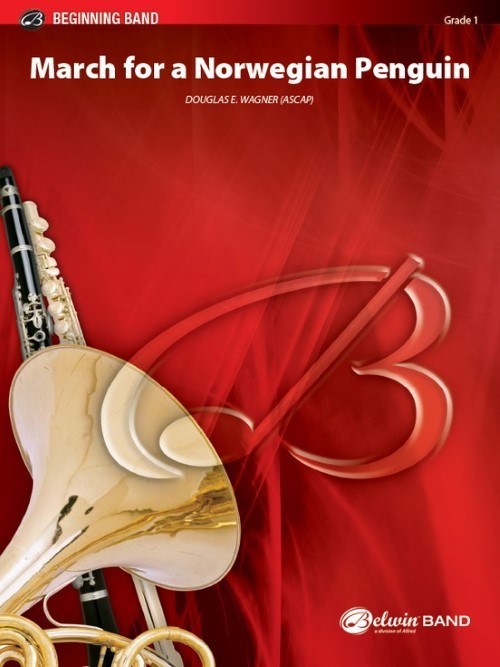 £50.50
£50.50March for a Norwegian Penguin (Concert Band - Score and Parts) - Wagner, Douglas E.
A happy march, this original setting was inspired by the gift of a King Penguin to Scotland's Edinburgh Zoo in 1913. Even though there really isn't an actual Norwegian penguin, this particular penguin-mascot has even been honored with knighthood. The story is just as intriguing as the music itself.Duration: 2:00
Estimated dispatch 7-14 working days
-
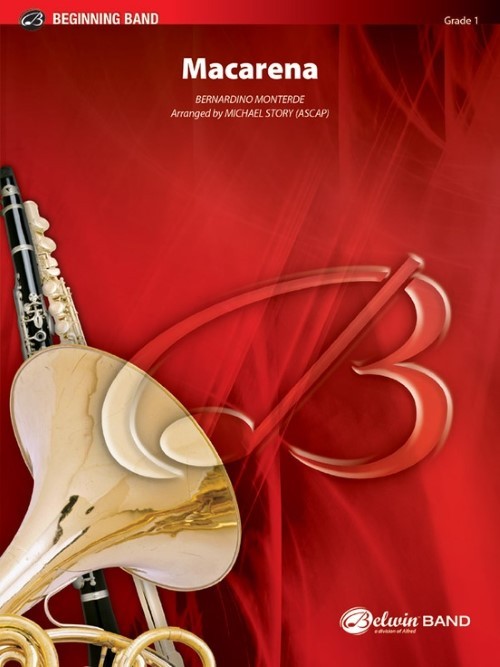 £52.95
£52.95Macarena (Concert Band - Score and Parts) - Monterde, Bernardino - Story, Michael
Based on "La Virgen de la Macarena" by Bernardino Monterde, this paso doble has all the flair of a spicy Spanish march complete with castanets and maracas. A tremendous opportunity to reinforce contrasting articulations and style with a few accidentals along the way. Ol!Duration: 2:00
Estimated dispatch 7-14 working days
-
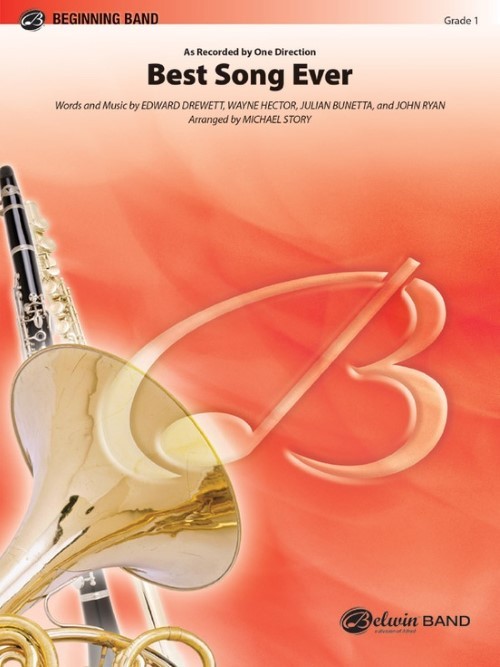 £57.00
£57.00Best Song Ever (Concert Band - Score and Parts) - Story, Michael
This catchy hit from the band One Direction is written for students in their first or second year of band. An upbeat rock groove sets the stage for what is certainly the "Best Song Ever."Duration: 1.45
Estimated dispatch 7-14 working days
-
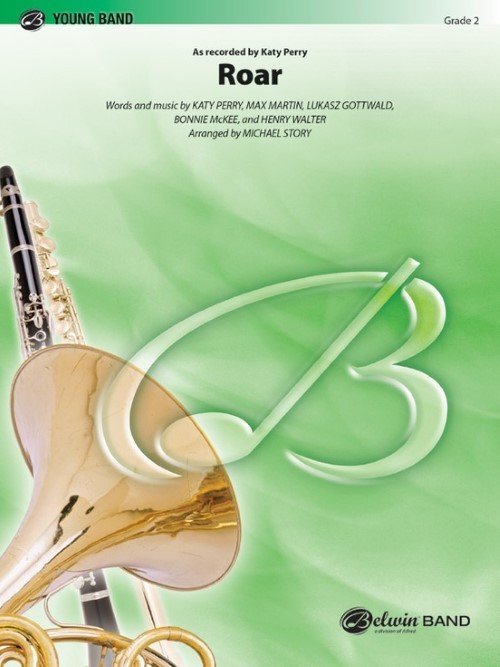 £67.00
£67.00Roar (Concert Band - Score and Parts) - Story, Michael
This mid-tempo power-pop is the first single released on Katy Perry's 2013 studio album, Prism, and is set in a pop-rock style. Acclaimed as her most successful single to date, even when compared to her chart-topping single Firework, the uplifting lyrics are certain to bring that same high energy to your developing band performance.Duration: 2:15
Estimated dispatch 7-14 working days
-
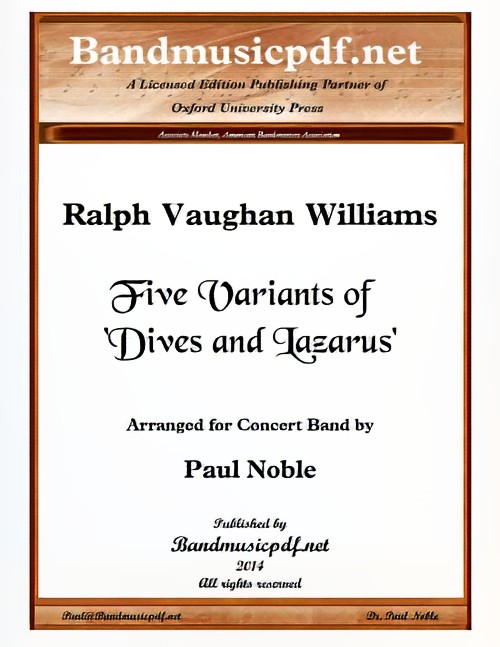 £225.00
£225.00Five Variants of Dives and Lazarus (Concert Band - Score and Parts) - Williams, Vaughan - Noble, Paul
Five Variants of Dives and Lazarus is a Concert Band arrangement from the original work for string orchestra and harp by Ralph Vaughan Williams. The composition is based on the folk tune Dives and Lazarus, one of the folk songs quoted in Vaughan Williams' English Folk Song Suite. The ancient theme on which these variations are based goes back to the sixteenth century, and is known by various titles. Dives and Lazarus is a story told by Jesus in the Gospel of Luke. It tells of an unnamed rich man and a poor beggar named Lazarus. In the Latin Bible, the unnamed rich man is referred to as Dives from dives, the Latin word for rich. This work, based on the tune that Vaughan Williams had loved all his life, which came from the very soil of England, ageless and anonymous, was played at the composer's funeral service in Westminster Abbey on 19th September 1958.
Estimated dispatch 7-14 working days
-
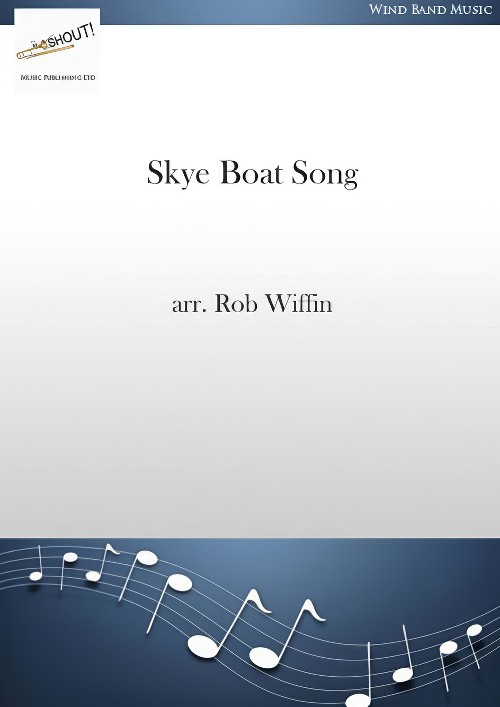 £36.95
£36.95Skye Boat Song (Concert Band - Score and Parts) - Wiffin, Rob
The haunting Scottish song arranged for band. The melody to this famous Scottish folk song is traditional and was collected in the 1870s by Anne MacLeod. The words are by Sir Harold Boulton and tell the story of the escape of Bonnie Prince Charlie from Uist to the Isle of Skye Isle after his defeat at the Battle of Culloden in 1746. Duration: 2.08
Estimated dispatch 7-14 working days
